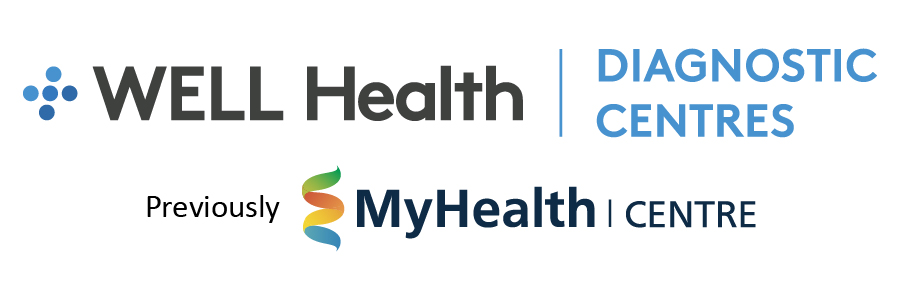BMD Measurement Information
| Age | Category | Criteria |
|---|---|---|
| < 50 years | Below expected range for age | Z-score ≤ -2.0 |
| Within expected range for age | Z-score > -2.0 | |
| > 50 years | Severe (established osteoporosis) | T-score ≤ -2.5 with fragility fracture |
| Osteoporosis | T-score ≤ -2.5 | |
| Low bone mass | T-score -1.0 to -2.5 | |
| Normal | T-score ≥ -1.0 |
bT-score: number of standard deviations above (+) or below (-) the mean peak density;
Z-score: number of standard deviations above (+) or below (-) the mean density for an individual of that age and sex.
cFracture Risk: (10-year absolute): low (<10%) moderate (10% to 20%), or high (>20%).
Fracture risk predicted for an individual by this system applies only for a finite period of time, and that risk will change with advancing age or with the development of new clinical risk factors. Based on 2010 CAROC system. Papaioannou, A et al. 2010 clinical practice guidelines for the diagnosis and management of osteoporosis in Canada: summary. CMAJ 2010;182:1864-73.
dFor the purpose of second and subsequent testing (MOHLTC Schedule of Benefits, 2010)
“high risk patient” means a patient:
1. at risk for accelerated bone loss (in the absence of other risk factors, patient age is deemed not to place a patient at high risk for accelerated bone loss); or
2. with osteopenia or osteoporosis on any previous BMD testing, or
3. with bone loss in excess of 1% per year as demonstrated by previous BMD testing.
High risk patient is limited to a maximum of one test every 12 months unless the ordering physician obtains written prior authorization from a medical consultant.
“low risk patient” means a patient who is not a high risk patient. Limited to a maximum of one second test not earlier than 36 months following baseline; subsequent test not earlier than 60 months following the second or any subsequent test.
Recommended Timing of Follow-Up BMD Tests
| Expected Rate of BMD Change | Clinical Example | Timing of Follow-Up |
|---|---|---|
| Very High | Moderate to high dose glucocorticoids, anabolic agent | 6 to 12 months |
| High | Osteoporosis drug therapy initiated or changed, low to moderate dose glucocorticoids | 1 to 3 years |
| Moderate | Therapy with nutritional supplements or lifestyle improvements | 1 to 3 years |
| Low | Stability documented on nutritional supplements or lifestyle improvements and with no change in clinical status; drug therapy shows to be effective | 3 to 5 years |
| Very Low | Normal results or low fracture risk, and no clinical risks | 5 to 10 years |
In some jurisdictions, the timing of follow-up may be restricted by provincial health insurance plans. In these circumstances, follow-up recommendations need to be applied in the context of local restrictions.
BMD Equipment Specifics
| Location | Brand | Model | Serial Number |
|---|---|---|---|
| Birchmount | GE Lunar | Prodigy Series | PA+130461 |
| Coxwell | GE Lunar | Prodigy DPX | 08/02/2066 |
| Fanshawe | GE Lunar | Prodigy Advance | P8/PA+300482 |
| Larch | GE Lunar | Prodigy Series | PA+301850 |
| Milton | GE Lunar | Prodigy Advance | 17/08/2726 |
| Mississauga | GE Lunar | Prodigy Advance | PA+310220 |
| North York | GE Lunar | Prodigy Series | 8743/9055845PROD |
| Oshawa | GE Lunar | Prodigy Series | IRDF-85134 |
| Pickering | GE Lunar | Prodigy Series | PA+15023 |
| Simcoe | GE Lunar | Prodigy Series | LU43616EN |
| SSM | GE Lunar | Prodigy Advance | 41191GR |
| Thornhill | GE Lunar | Prodigy Series | C00878-BMD-1 |
| Wharncliffe | GE Lunar | Prodigy Advance | 130476 |
| Whitby | GE Lunar | Prodigy Series | IRDF-81159 |
